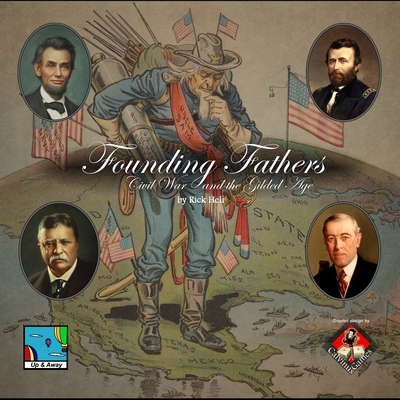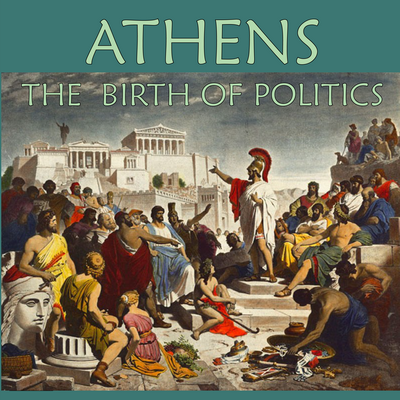























|

|
DESIGNER DIARY
by Rick Heli I thought it might be fun to write something about my game design projects, something I've never tried before. |
May 2, 2021
Now that Imperial Glory is available, I thought it would be
interesting to discuss the process of creating the Han dynasty
expansion.
But having the borders of the map was just step one. How should I divide it into areas? Researching the Han dynasty, I discovered that the empire divided itself in three different ways, but the largest pieces, the provinces (zhou) were thirteen in number. This made me very happy. The first map has twenty-two areas so thirteen plus some surrounding non-Chinese areas sounds just about right in terms of the granularity.
But I needed more. What were the province names? Which were adjacent to which? Which contains the capital? For quite some time I could not find this information anywhere, not in Wikipedia and not in books either (for example, The Han Dynasty by Michéle Pirazzoli-t'Serstevens). I even asked on Quora, where there are many Chinese readers, to no avail. Finally, via image searches on the web I found a map of the empire on a Chinese site. I wasn't able to feed the names into a translator because they were only present as images. But a friend was kind to translate the names, so I added them to the map and now had both the names and the adjacencies. I fed this information into Wikipedia so the world is benefiting from this research as it turns out.

Finally, I noticed that even though the list of Han provinces was nowhere in Wikipedia, a lot of the provinces themselves have entries. Eventually I got the idea to just randomly look up each province one by one until finally I found something:
https://en.wikipedia.org/wiki/Sili_ProvinceGreat! So now I knew the capital province too. In fact, I even know the province of the Early Han period, in case I ever want to extend the game to that era.
Sili Province or Silizhou, in the 5th century reconstituted as Si Province or Sizhou, also known as the capital province or the imperial province, was a province of ancient China. It encompassed the two Han dynasty capitals of Chang'an and Luoyang ...
The first thing I found was that, unlike with the Kushans, or Romans, there were quite a few puppet rulers. Do I want to present these rulers, who are the ones in the official lists of rulers, or would it better to present those who actually wielded the power? I decided I want to keep things more real, so I am using the latter and hoping that anyone who might love the official list won't be too disappointed. Interestingly, this approach makes possible the first examples of female "emperors" in the game.
To decide their statures, I read through each biography. How active were they militarily? How much concern did they show for the economy? How much did they like to use diplomacy? To what extent did they engage in building programs or the arts? Were there significant scientific developments during their reigns? How nasty were they to the people around them? The answers to these questions provided the stature ratings.
Another problem is a production one, but it creeps into design. The game uses jumbo-sized cards to represent emperors. (As would seem to befit an emperor! This also enables including more historical data about them and makes them kind of a nice set of cards just to browse through, regardless of whether you play the game.) The way that the manufacturer works, it's important to have these cards made in multiples of six. Otherwise, the price is higher than is justified by the components. Happily for the Kushan empire, the number of emperors was exactly six! But after walking through the Han emperors, the number came out to fourteen. What to do? Well, looking through the list, at least three of the rulers had very short reigns – only a couple years – and were illegitimate besides. So I dropped them. Should the Romans and Parthians fall short of a multiple of six I may add them back in, but at the moment it appears that will not be the case. But as these rulers are not particularly special anyway, I tend to doubt anyone will miss them.